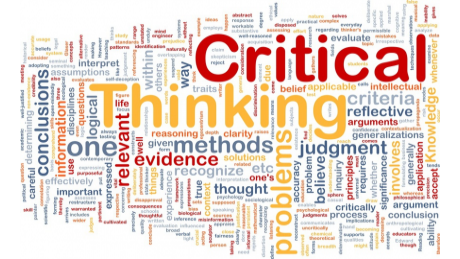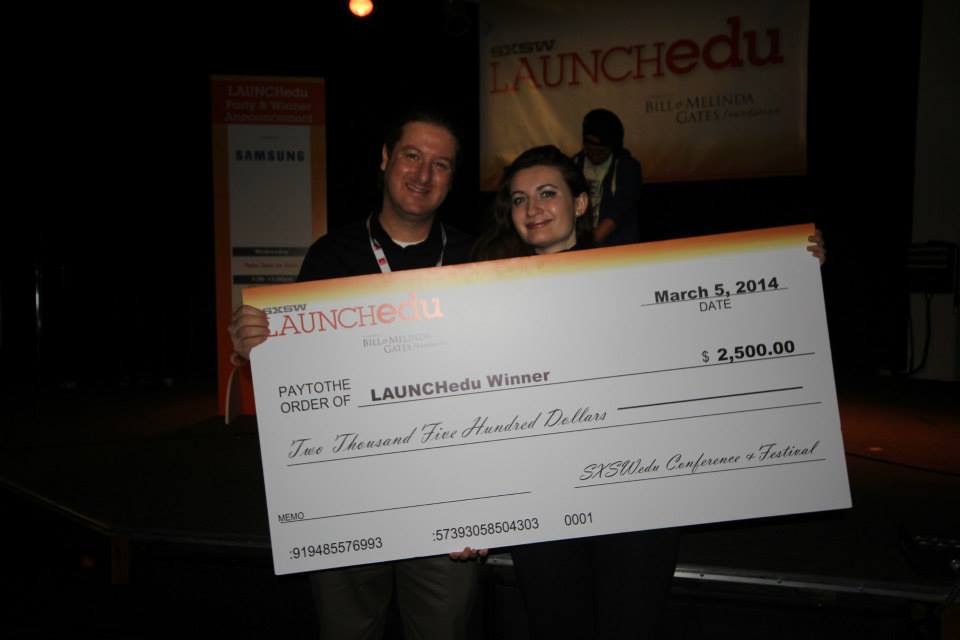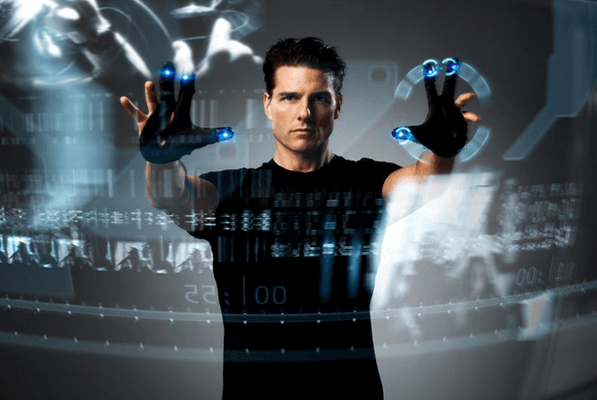RobotLAB Blog
Everything You Need To Know About Robotics in Businesses
Do we really need to teach Algebra?
One of the most debatable topics these days is whether we should keep teaching high school math or not.
“Where will I use it in my life” is common feedback from the grouchy students. However, studies show that students don't mind practicing math, its testing math where we lose them.
And we lose them badly. In 2016 a Paris-based Organization for Economic Cooperation and Development (OECD) unveiled the results of an international math quiz that showed U.S. high school students lag behind their global peers in math, ranking 40th in math out of 72 countries last year. The U.S. score was down 17 points from 2009 and 20 points below the average of others taking the quiz, which saw Singapore come out on top, followed by Japan, Estonia, Finland, and Canada.
As a result of this failure, many in and out of the school system advocate to “lower the bar”, drop Pre-Calc, Algebra II or even Algebra I from the curriculum (and standardized testing) and help students overcome the “math anxiety” by bypassing the subject altogether.

- 0 Comments
- Jul 6, 2017 4:26:03 PM
- Posted by Anna Sandler
- Topics: Math, Education, algebra,, students
TeacherCast Interview: Learn How RobotsLAB is innovating STEM Education
- 0 Comments
- Apr 11, 2014 10:30:00 AM
- Posted by Anna Sandler
- Topics: Math, Robotics, Pre-Calculus, Local News, EdTech, STEM, National News, Education, Press, Computer Science, NAO, 21st Century Classroom, School, Student Engagement, Geometry,, Middle School, algebra,, Curriculum
ROBOTSLAB WINS LAUNCHEDU COMPETITION AT SXSWEDU

Austin, TX and San Francisco, CA – March 6, 2014 - A handpicked group of distinguished judges representing a cross section of in business, technology and education experts have selected RobotsLAB BOX as the winner of the LAUNCHedu Competition.
The competition began in August 2013 with approximately eighty applications. RobotsLAB was one of ten finalists chosen by the judges to present at SXSWedu on March 3. Following that presentation, RobotsLAB was one of three companies to be selected as a finalist. The final presentation was made in front of judges and a jam-packed room of educators on the morning of March 5. As part of the Educator Insights panel that discussed all ten competing companies, all three panelists cited RobotsLAB BOX as their favorite.
Based on the votes of attendees and judges, RobotsLAB BOX was ultimately chosen as the competition winner at the LAUNCHedu party on March 5. Betsy Corcoran, CEO and Co-Founder of EdSurge presented the award to RobotsLAB CEO Elad Inbar.
- 0 Comments
- Mar 6, 2014 12:13:59 AM
- Posted by Anna Sandler
- Topics: Math, Pre-Calculus, Local News, EdTech, STEM, National News, Education, Awards, 21st Century Classroom, School, Student Engagement, Geometry,, Middle School, algebra,, International News
To learn algebra secret way to student hearts
It's not a big secret, committed teachers have been aware of this forever. The best way to get students to learn anything about a subject is to find out what they are interested in and then show them how what interests them relates to the subject the teacher hopes to teach them. But like most things we believe instinctively it is always nice to find scientific proof for our beliefs.
Recently researchers using a Carnegie Learning software called cognitive tutor put high school students in two distinct groups to study Algebra. In one group were the students whose backgrounds had been researched in order to discover their personal interests. Stuff like music, movies and sports. These students received their algebra with lesson plans attuned to their personal interests. The second group was taught in the good old way math has always been taught, from a book and with no attention paid to the kids real lives. Can you guess what those researchers discovered? Exactly!
- 0 Comments
- Dec 23, 2013 12:53:58 PM
- Posted by Charles Nimrad
- Topics: Math, National News, Education, Student Engagement, algebra,
Augmented Reality practice in math classroom?
What the heck is “augmented reality?” That was my first thought when first seeing the phrase in a related post. No, I take that back; to tell the truth, like most people I asked, I thought it was merely another way to say “virtual reality.” But It most certainly isn't...
This according to the Wikipedia: Augmented reality (AR) is a live, direct or indirect, view of a physical, real-world environment whose elements are augmented (or supplemented) by computer-generated sensory input such as sound, video, graphics or GPS data. By contrast, virtual reality replaces the real world with a simulated one.”
Let’s put it another way: augmented reality is to The Minority Report with Tom Cruise as virtual reality is to Inception with Leonardo Dicaprio. Remember in The Minority Report when Tom Cruise stood facing a huge transparent computer screen manipulating images and data with gloved hands? That manipulation, a combination of real objects (gloved hands) and digital reality (data and images), makes for a perfect example of augmented reality (a teacher holding the control tablet from the RobotsLAB BOX in his hand can impose data on the real world the way Tom Cruise did--and he wouldn’t have to wear gloves!) On the other hand, Leonardo DiCaprio's avatar immersed in a simulated dreamworld, is a perfect example of virtual reality.

- 0 Comments
- Nov 25, 2013 11:29:51 PM
- Posted by Mike Nardine
- Topics: Math, About the BOX, EdTech, 21st Century Classroom, algebra,
Relevant Posts
- Augmented Reality: A Tool for Teaching Students Robot Programming
- Fostering Innovation Through Youth Education in STEM and EdTech
- How Parents Can Foster STEM Learning Beyond the Classroom
- How Robotics Cultivates a Deep Understanding of Mathematics in Students
- RobotLAB Receives EDTech Chronicle 2023 ‘BESTIE’ Award for Landmark Partnership with American Samoa Dept. of Education.
Subscribe to Email Updates
-
I Want To Learn MoreADDITIONAL INFORMATION
